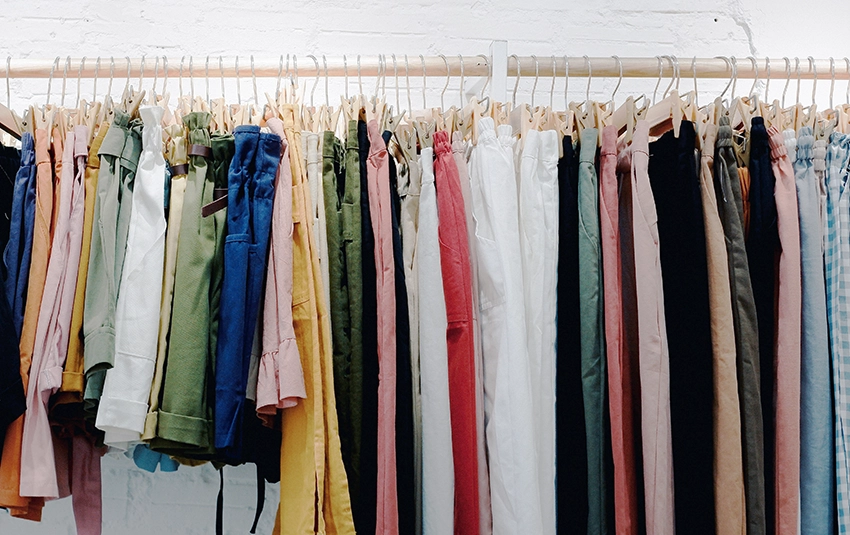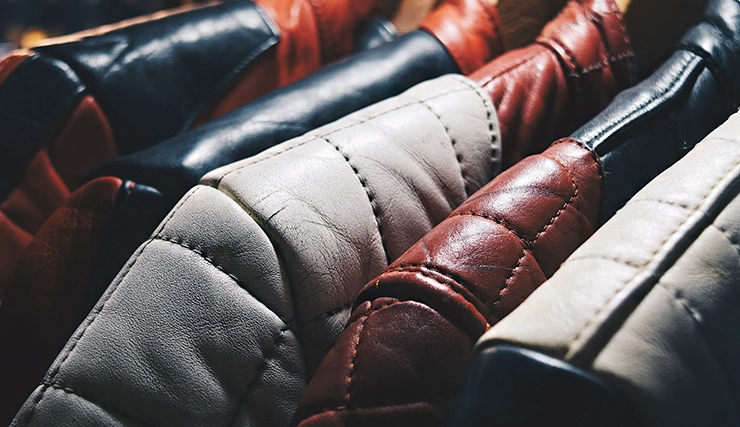The Future of Fashion: What Can You Do to Consume More Ethically and Sustainably?

Unless you’ve lived under a rock for the last couple of decades, you’re most likely aware that the world is burning – quite literally – and that the fashion industry is a huge contributor to this ongoing development. People are buying more new items than ever, the trend cycle is speeding up, landfills are overflowing, workers are being exploited, animals are suffering – the list goes on. But what can we as consumers do about it?
There’s no denying that what we need the most is a radical overhaul of the way the industry works and for the brands to be willing to risk losing profit to do what’s right. But let’s face it: This is highly unlikely to happen anytime soon – unless we send them a clear signal that our preferences have changed by letting our spending speak for us. Down below, we’ll take you through four ways to start doing that, starting from today.
Buy Items Vintage When You Can
First of all, most experts will agree that overconsumption is the root cause of everything that’s currently wrong with the fashion industry. So, in order to combat this, you’ll have to start rethinking the way you shop and make the most of the clothing items that have already been produced and sold – instead of ordering even more new ones into existence. For example, when you decide that you want a red sweater for the holiday season, there’s a good chance your local thrift store will have a perfectly good one for a much better price than most retailers. If not, you can buy almost anything on Facebook Marketplace or other reselling sites from private sellers these days.
Steer Clear of Landfills: Reuse and Resell
Of course, sometimes, it just isn’t possible to find a pre-loved version of what you’re looking for – and just to be clear: Buying newly made stuff isn’t a crime. Plus, if you’re thrifting the wrong way, you could still very well be contributing to overconsumption and gentrification. If you’re buying from a brand, just take care to pick one that’s transparent about their production processes and keep it ethical. Learn how to wash, repair and otherwise care for your items to give you as many years with them as possible – and when you’re done with them, try to resell or give them away instead of throwing them out. Also, think your purchase through before having it shipped to you to avoid unnecessary returns. Unfortunately, too many brands consider returned items unsellable and dispose of them, even if you’ve only worn them for a few seconds. So, to avoid adding on to already overflowing landfills, try to buy stuff you’ll need to try on for size in store.

Look for Animal-Free Alternatives
Next, another ethical factor to take into consideration is, of course, animal welfare – as well as the impact the use of animal products has on the environment. Whether you’re vegan or not, you’ve probably noticed the increasing demand for animal-free clothing and accessories in recent years. More people than ever care about not exploiting animals unnecessarily for items that can easily be made of faux materials – and with guide sites like HelpMeVegan now available, it’s easier than ever. Plus, with the amount of pollution livestock farming leads to, many also turn to other materials in order to spare the environment, and brands are getting better at creating quality imitations every day. So, there’s really no reason not to look into animal-free alternatives.
In It For the Long Haul: Invest in Quality and Timelessness
Our last piece of advice is to reconsider how and why you consume fashion in the first place. As previously mentioned, overconsumption is a big part of why the fashion industry is such a big contributor to climate change. Fast fashion brands have conditioned people to buy new items constantly, with trends changing in the blink of an eye and the quality of the items decreasing – due to brands prioritizing cheap prices over durability and fair conditions for their workers. To break out of this cycle, avoid microtrends that you know will seem ridiculous in a few months. Instead, go for timeless pieces that you know you’ll continue to love for years to come – without having to worry about them falling apart from overuse.

